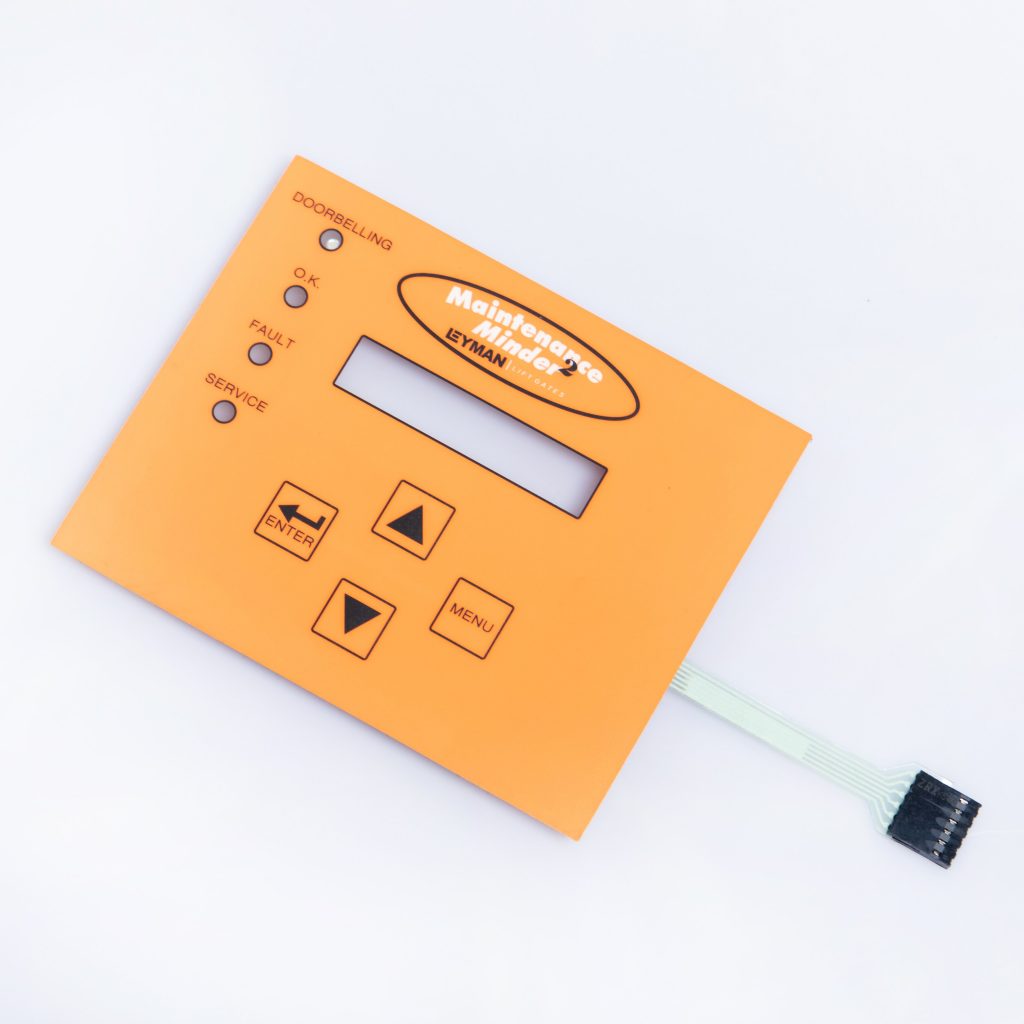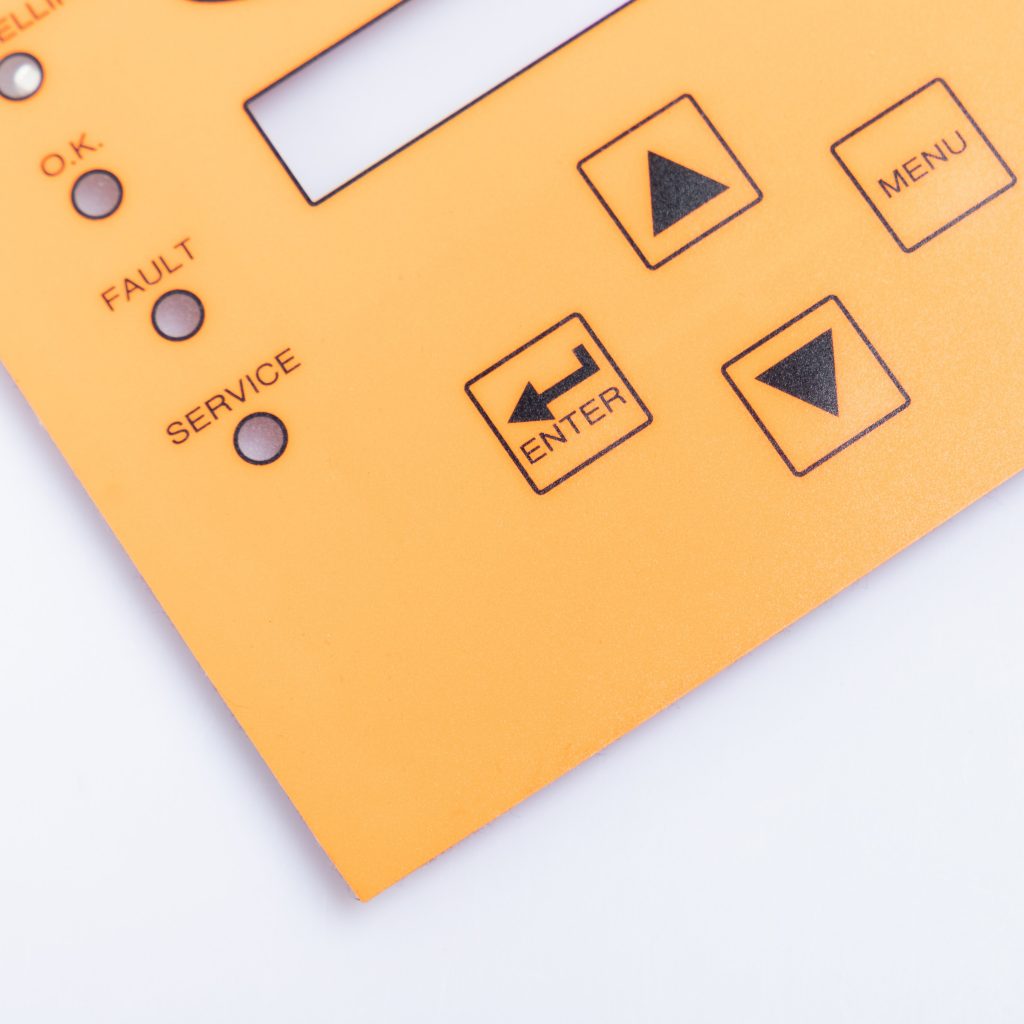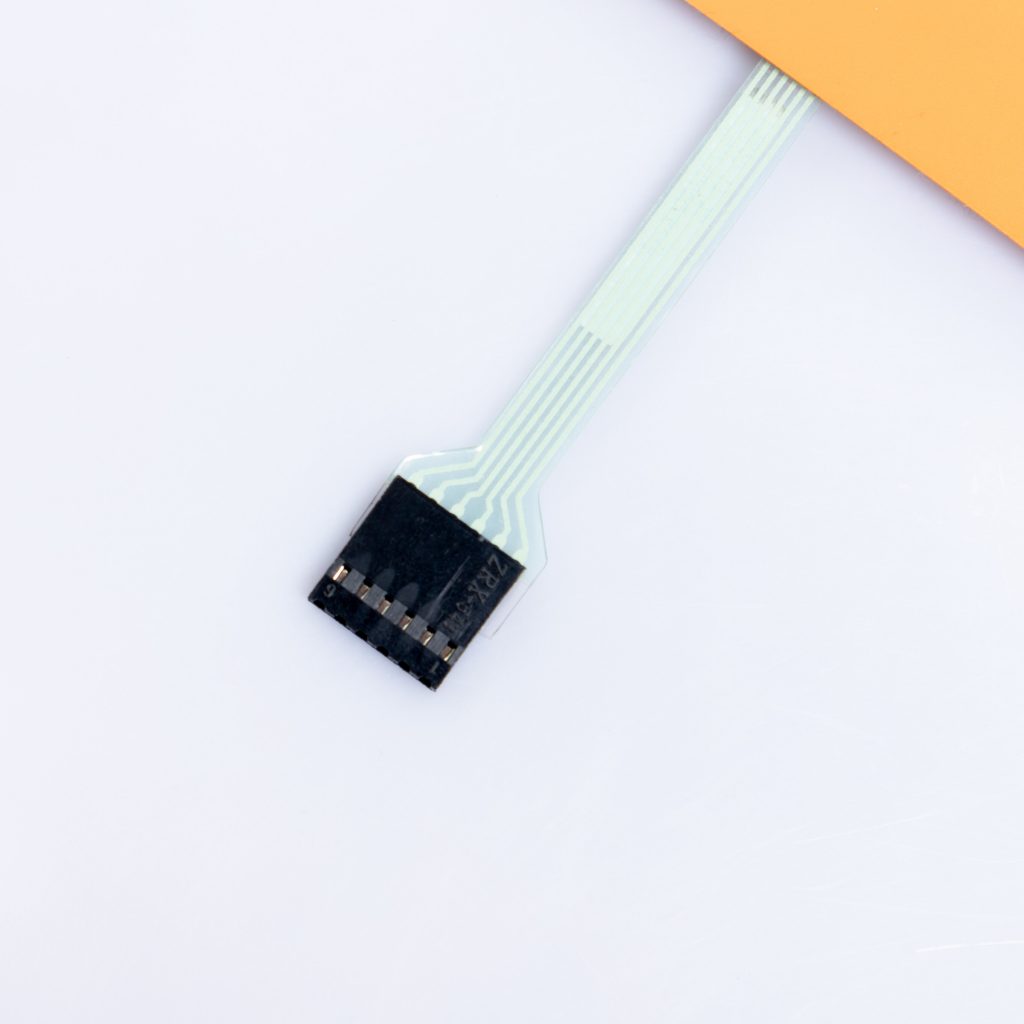Contact
Write to Us And We Would Be Happy to Advise You.
Do you have any questions, or would you like to speak directly with a representative?
By hqt
In today’s world, membrane switches have become an integral part of many electronic devices, from household appliances to industrial equipment. These switches consist of a thin, flexible membrane that operates when pressure is applied to it. One crucial component of a membrane switch is its window, which allows users to view the underlying graphics or indicators. However, due to frequent usage, the window is prone to scratches, which can affect its functionality and aesthetics. In this article, we will explore effective ways to prevent the membrane switches’ window from being scratched, ensuring their longevity and optimal performance.



When it comes to protecting the window of a membrane switch, there are several preventive measures you can take. Let’s dive into the various methods and techniques to safeguard this vital component:
To enhance the scratch resistance of the membrane switches’ window, opt for materials that offer excellent durability. Polycarbonate, for instance, is a popular choice due to its exceptional toughness and resistance to scratches. It is also transparent, allowing for clear visibility of the underlying graphics.
Applying protective coatings to the membrane switch window is another effective way to prevent scratches. Anti-scratch coatings, such as hard coats or abrasion-resistant films, can provide an extra layer of protection. These coatings are designed to withstand everyday wear and tear, reducing the likelihood of scratches and extending the lifespan of the membrane switch.
Dirt and debris can contribute to the scratching of the membrane switches’ window. Therefore, it is crucial to keep the switch clean and free from contaminants. Regularly wipe the window using a soft, lint-free cloth or a mild cleaning solution. Avoid using abrasive materials or harsh chemicals that could potentially damage the surface.
Improper handling of the membrane switch can lead to accidental scratches. To prevent this, ensure that users are aware of the correct handling techniques. Advise them to avoid using sharp objects or excessive force when operating the switch. By promoting careful and gentle handling, you can minimize the risk of scratches.
Protective films are an affordable and convenient option for safeguarding the membrane switches’ window. These films, often made of clear polyester or polyethylene, act as a sacrificial layer, absorbing scratches and preventing them from reaching the actual surface. The films can be easily replaced when they become scratched or worn out, prolonging the lifespan of the switch.
When not in use, it is essential to store the membrane switch in a safe and suitable environment. Keep it away from sharp objects or surfaces that could potentially scratch the window. Additionally, consider using protective covers or cases specifically designed for membrane switches to provide an extra layer of defense.
Glass is not recommended for the membrane switches’ window as it is more susceptible to scratches compared to polycarbonate. Polycarbonate offers better durability and scratch resistance, making it the preferred choice for membrane switch windows.
It is advisable to clean the membrane switch window regularly, depending on the level of usage and the environment it is exposed to. In general, a weekly or bi-weekly cleaning routine should be sufficient to remove dirt and prevent the accumulation of contaminants that could cause scratches.
It is important to use a mild cleaning solution specifically formulated for electronic components. Harsh chemicals can damage the protective coatings or the surface of the window, leading to scratches. Always follow the manufacturer’s instructions and avoid abrasive materials or solvents.
To prevent scratches, users should handle membrane switches with care. Avoid using sharp objects, such as pens or keys, to operate the switch. Apply gentle pressure and refrain from excessive force or aggressive tapping, as it can cause scratches or damage the switch.
The lifespan of protective films can vary depending on the level of usage and environmental conditions. On average, these films can last several months to a year before they need replacement. Regularly inspect the film for signs of wear or scratches and replace it when necessary.
Minor scratches on the membrane switch window can sometimes be buffed out using specialized polishing compounds. However, severe scratches or damage may require the replacement of the entire switch or window. It is best to consult the manufacturer or a professional technician for guidance on repair options.
Protecting the window of a membrane switch from scratches is essential for ensuring its longevity and optimal performance. By choosing durable materials, applying protective coatings, implementing proper handling techniques, and utilizing protective films, you can significantly reduce the risk of scratches. Additionally, regular cleaning and proper storage play a crucial role in maintaining the switch’s window in pristine condition. Remember, prevention is key when it comes to protecting your membrane switch. By following these preventive measures, you can keep your switch’s window scratch-free and enjoy its reliable operation for years to come.
Do you have any questions, or would you like to speak directly with a representative?